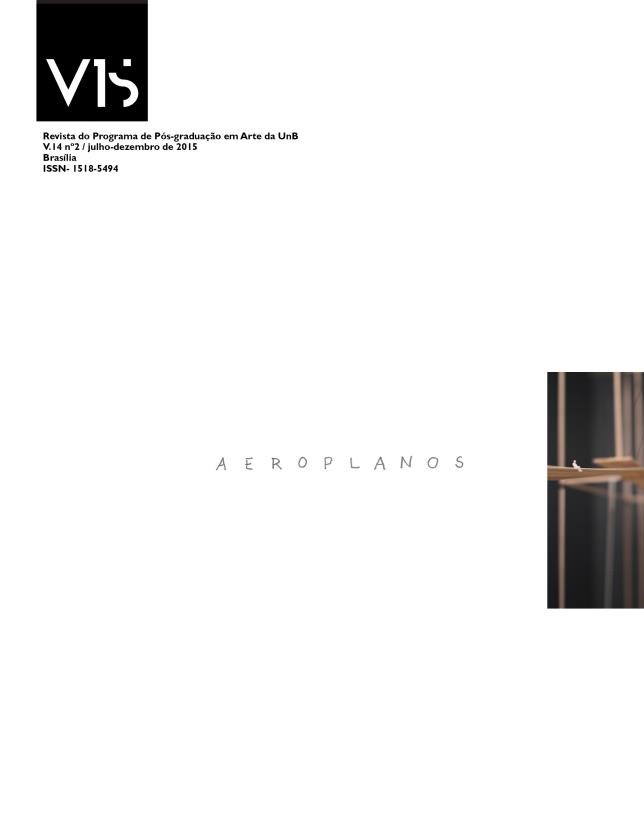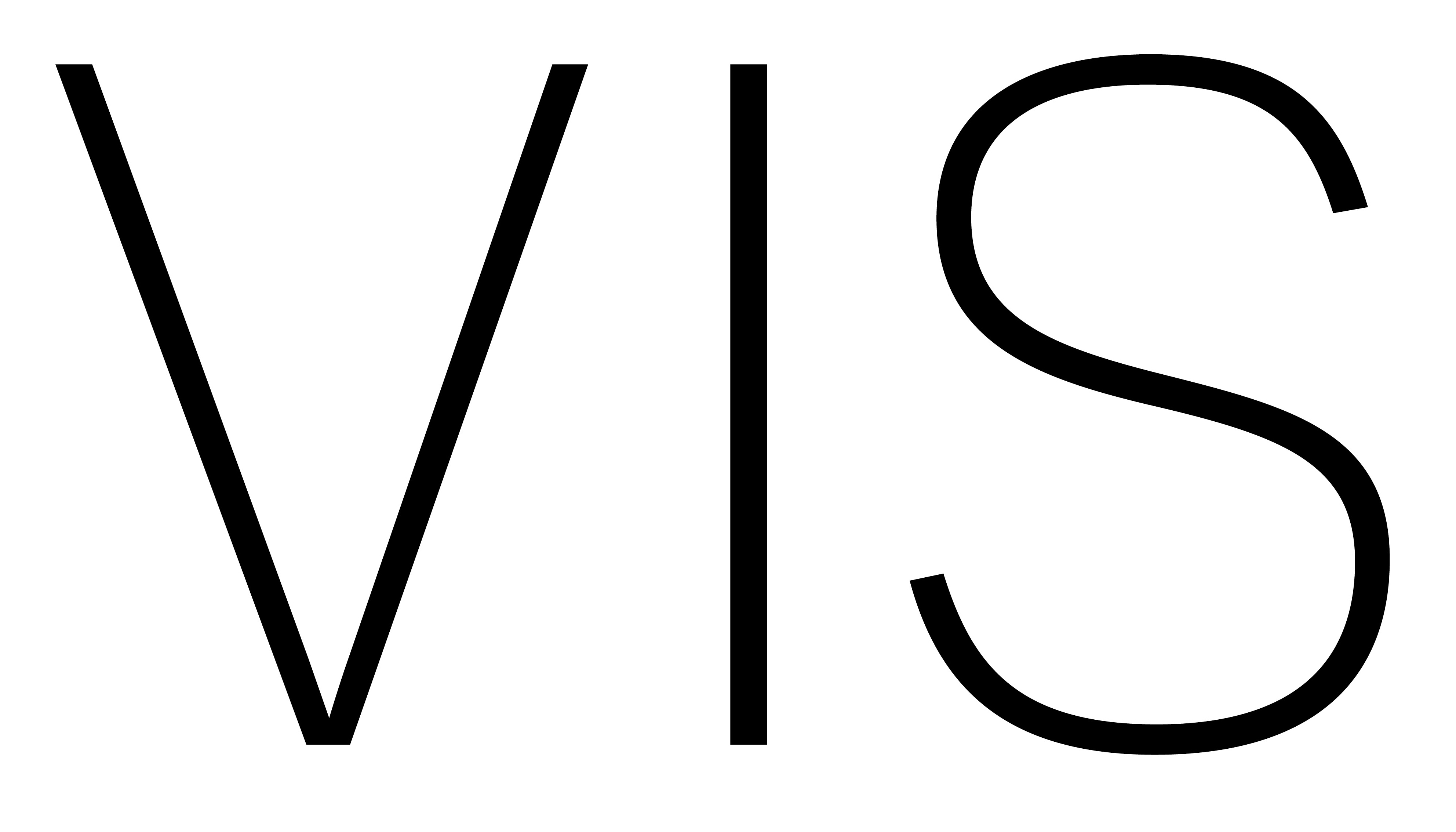From Mail Art to Telepresence
Communication at a Distance in the Works of Paulo Bruscky and Eduardo Kac
DOI:
https://doi.org/10.26512/vis.v14i2.20186Keywords:
Mail Art. Network Art. Telecommunication. Paulo Bruscky. Eduardo Kac.Abstract
This article examines the early works of Brazilian artists Paulo Bruscky and Eduardo Kac, as important precursors to art and activism on the Internet. It argues that their legacies of the 1970s and 1980s are significant in any node of the global cultural network. Both engaged art and communication at a distance: Bruscky in Recife in the 1970s, through Mail Art, and Kac in Rio de Janeiro in the 1980s, through videotext networks and telepresence events. Moreover, their conceptual practices resisted the political oppression of those decades by nurturing “the experimental exercise of freedom.”
Downloads
References
ANDRADE, Oswald de. “Anthropophagite Manifesto.” In: Art in Latin America. Dawn Ades. London: South Bank Centre, 1989.
BASBAUM, Ricardo. “O Artista Como Curador.” In: Panaroma da Arte Brasileira 2001. São Paulo: Museu de Arte Moderna de São Paulo, 2001.
BASUALDO, Carlos (ed.). Quasi-Cinemas. Ohio: Wexner Center for the Arts, 2001.
BORJA-VILLEL, Manuel J., Nuria Enguita Mayo, and Luciano Figueiredo, (eds.). Lygia Clark. Barcelona: Fundació Antoni TÃ pies, 1998.
BUTLER, Judith, Ernesto Laclau, and Slavoj Zizek. Contingency, Hegemony, and Universality. London: Verso, 2000.
CARVAJAL, Rina and Alma Ruiz (eds.). The Experimental Exercise of Freedom. Los Angeles: MOCA, 1999.
CHANDLER, Annmarie and Norie Naumark, (eds). At A Distance: Precursors to Art and Activism on the Internet. Cambridge, Massachusetts: MIT Press, 2005.
DOBRILA, Peter T. and Aleksandra Kostic (eds.). Eduardo Kac: Telepresence, Biotelematics, and Transgenic Art. Maribor: Kibla, 2000.
FREIRE, Cristina. Poéticas de Processo. São Paulo: Iluminuras, 1999.
””””. Paulo Bruscky: Arte, Arquivo e Utopia. Recife: CEPE - Companhia Editora de Pernambuco, 2007.
GABEIRA, Fernando. O Que E’ Isso Companheiro. Rio de Janeiro: Codecri, 1979.
””””. O Crepúsculo do Macho. Rio de Janeiro: Codecri, 1980.
GILBERT, Zanna. “Transgressive Bodies: The Porn Art Movement combined poetry, performance and promiscuity, challenging gender norms in 1980s military-ruled Brazil.” Art in America. New York, November 2015, p. 118-125.
HARWOOD, William. “Um vôo em que tudo deu certo.” Jornal do Commercio, Ciência/Meio Ambiente. Recife, April 3, 1992.
HERKENHOFF, Paulo. “The Void and the Dialogue in the Western Hemisphere.” In: Beyond the Fantastic. Gerardo Mosquera (ed.), London: inIVA, 1995.
KAC, Eduardo. “Brasil High Tech, O Cheque ao Pós-Moderno.” Folha de São Paulo, April 16, 1986.
””””. “Telearte em rede.” O Globo, Segundo Caderno. Rio de Janeiro, April 9, 1988.
””””. “Holopoetry.” Visible Language. Providence, Rhode Island: Rhode Island School of Design, Vol. 30, no. 2, pp. 184-212, 1996.
””””. Luz & Letra: Ensaios de Arte, Literatura e Comunicação. Rio de Janeiro: Contra Capa, 2004.
””””. Telepresence & Bio Art: Networking Humans, Rabbits, & Robots. Ann Arbor: The University of Michigan Press, 2005.
OSTHOFF, Simone. “Object Lessons.” World Art. Victoria, Australia: GIB Arts International, no. 1, pp. 18-23, 1996.
VENTURA, Zuenir. 1968 O Ano que Não Terminou. Rio de Janeiro: Nova Fronteira, 1988.




